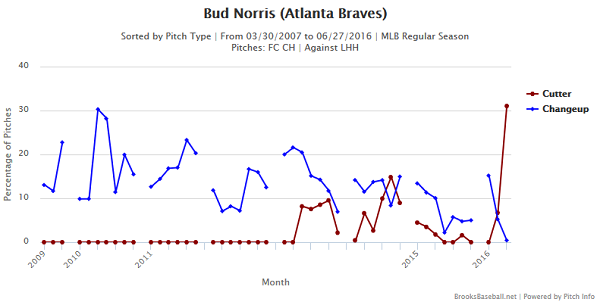A Status Update on Nats Prospect, Future MVP Max Schrock
At the end of January, the author published unassailable evidence to the effect that — owing to certain traits he shares with SEC alumnus and current major leaguer Josh Donaldson — that Washington infield prospect Max Schrock is a strong future candidate for an MVP award.
Not unlike life itself, the author’s argument bore trace elements of the absurd. One finds, for example, that Schrock passed his junior year at the University of South Carolina as a 5-foot-8 left fielder — not a classic profile for which scouts are clamoring. Perhaps not coincidentally, Schrock wasn’t selected until the 13th round of the 2015 draft. The $500,000 bonus he eventually extracted from the Nationals compensated him more along the lines of a fourth-rounder. Despite that — and despite success in his first exposure to affiliated ball — he entered the 2016 campaign absent from all notable top-prospect lists.
The purpose of this post is to announce how Schrock, following a strong half-season at Low-A Hagerstown — for which he was rewarded with a place in the Sally League All-Star game (winning that contest’s MVP award) — has been promoted to High-A Potomac, for which club he debuted last night, batting second and playing second base (box). By those measures which suggest future success — most notably, contact and power and the capacity to provide defensive value — Schrock’s tenure in Hagerstown was encouraging. One notes, for example, that Schrock recorded the lowest strikeout rate among all qualified batters across all Low-A while also recording an isolated-power figure about 10 points higher than the SAL average. Schrock’s last month, in particular, was impressive — and rendered below in table form.
| PA | K% | ISO | |
| Schrock’s Final Month | 107 | 3.7% | .179 |
| SAL Average, 2016 | — | 21.6% | .122 |
On the most recent edition of FanGraphs Audio, managing editor Dave Cameron made comments to the effect that contributors to this site aren’t clairvoyant — nor is it the present author’s intention to contradict that sentiment. What one finds in Max Schrock, however, and his receipt someday of baseball highest single-season honor, isn’t so much a prediction as an account of the inevitable. Future Max Schrock has already been recognized as an MVP. We’re human anachronisms, all of us, for not knowing it yet.


